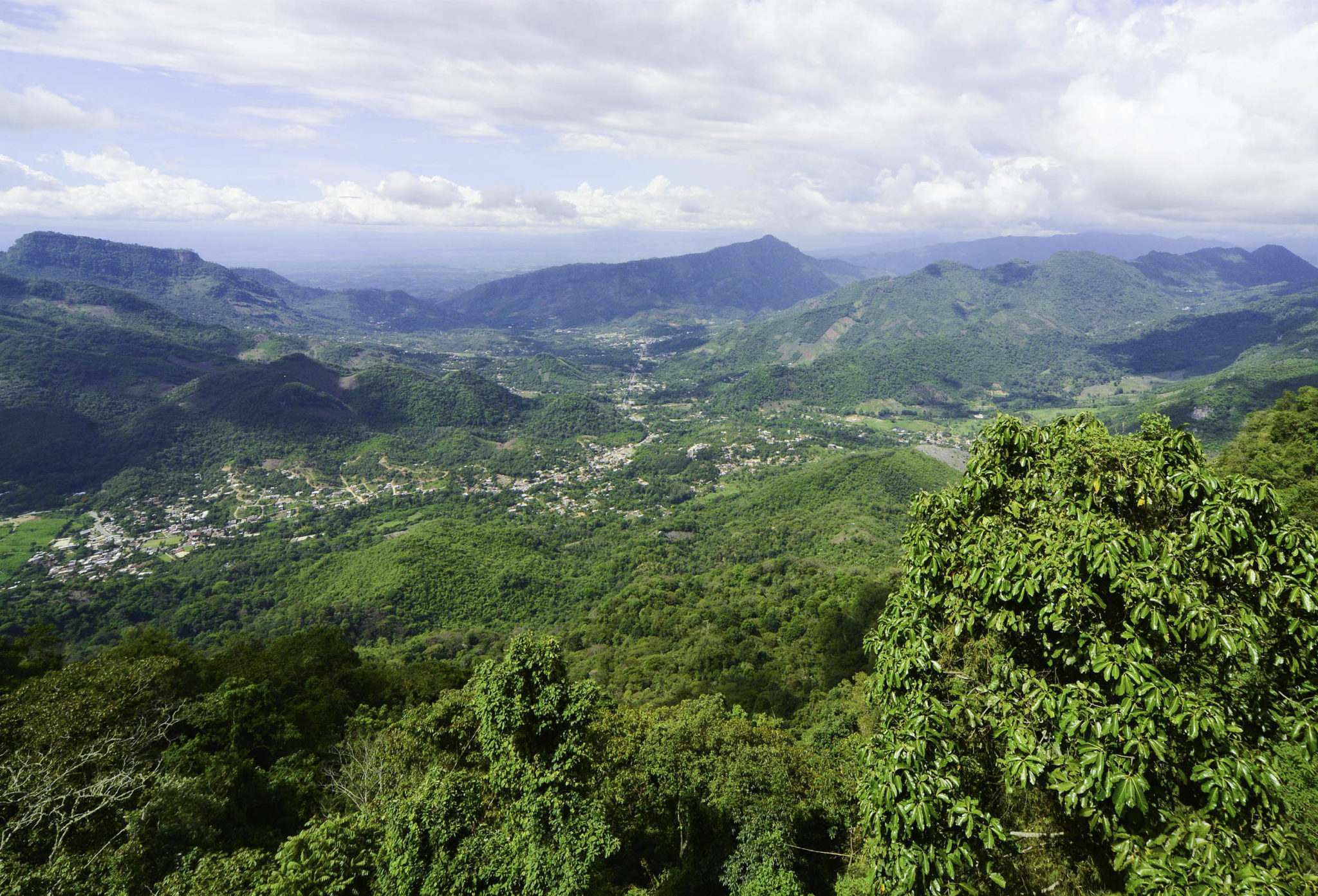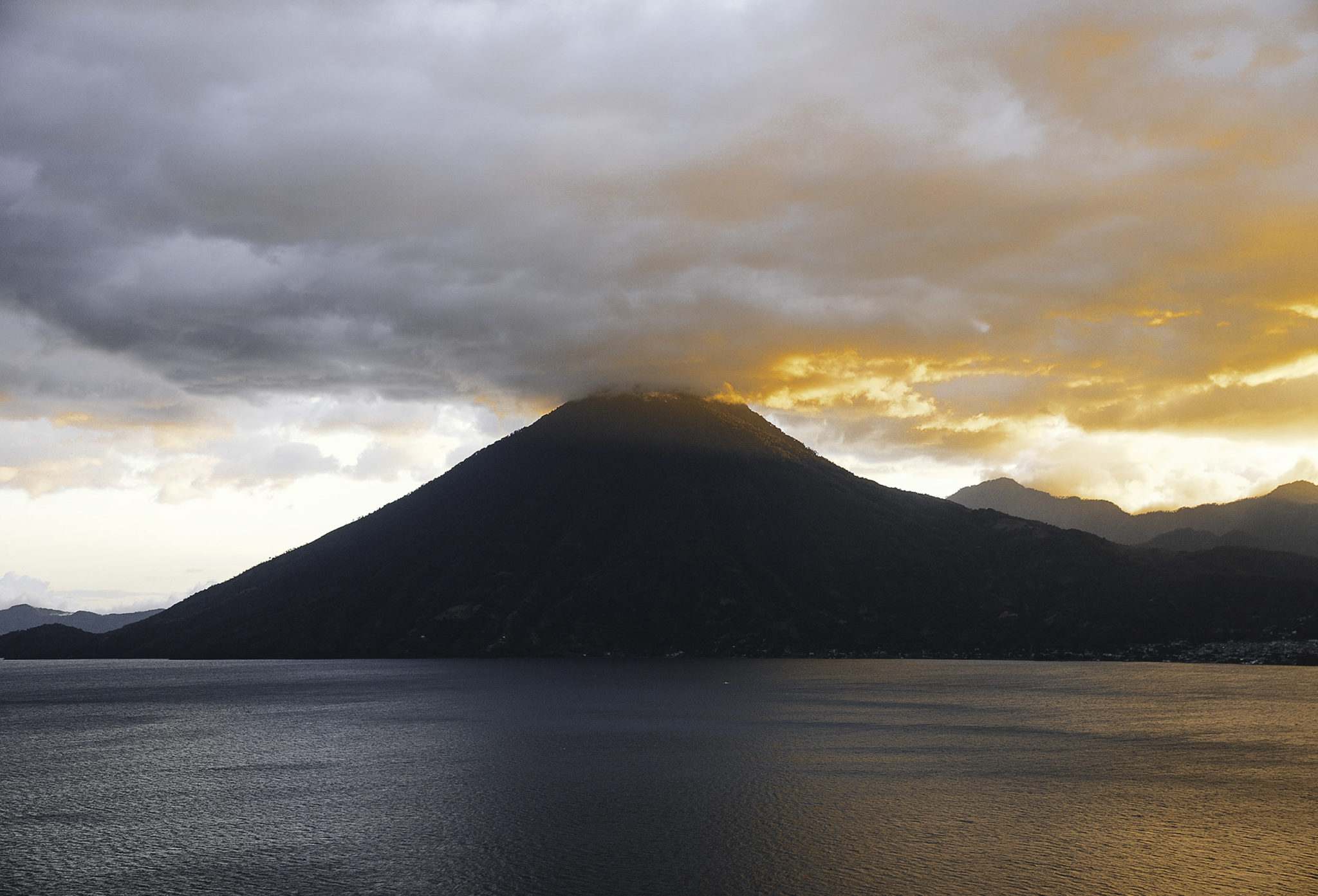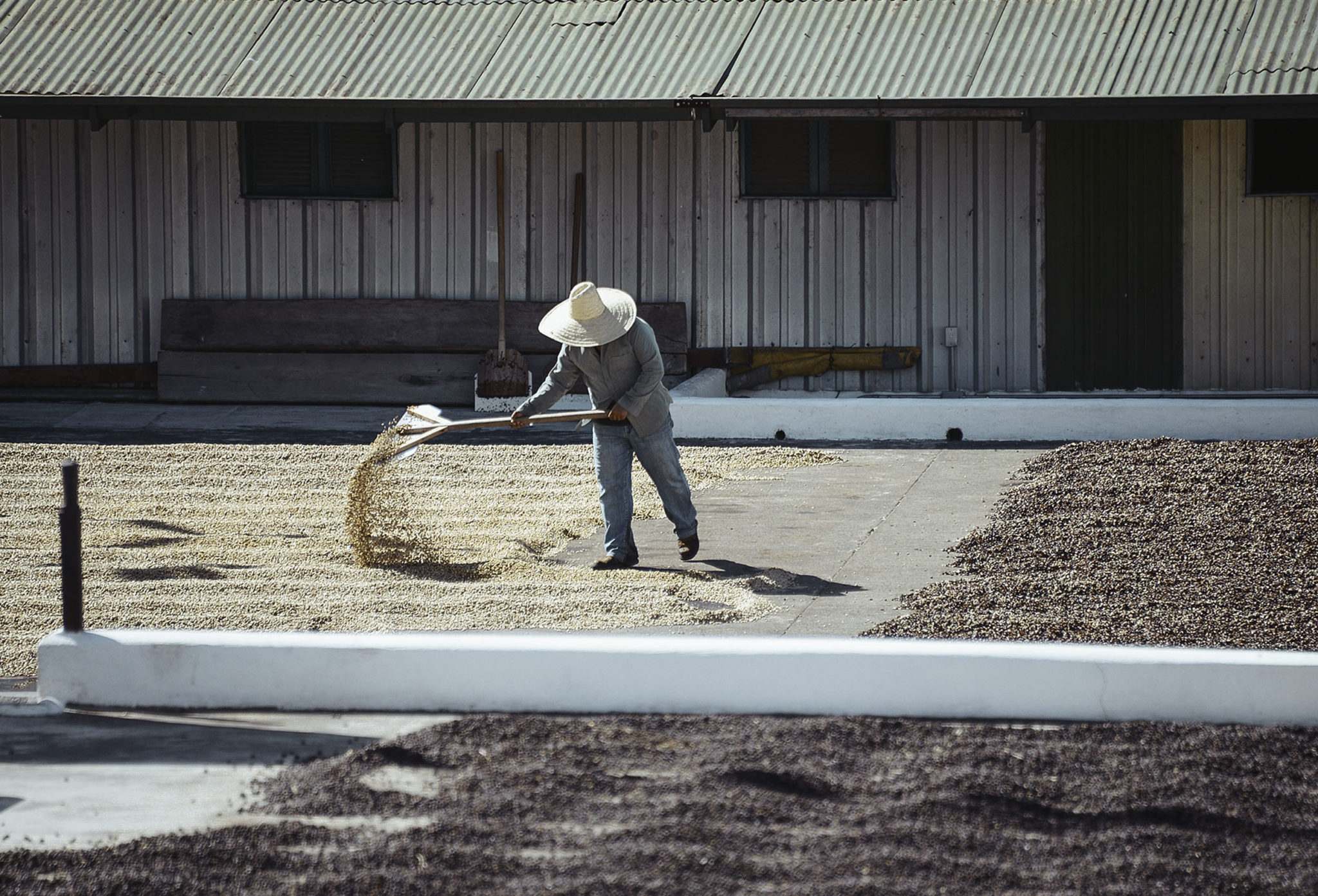« QUAUHTEMALAN» – LAND OF TREES

This Central American state is characterised by dense rainforests. Around 35 percent of the country’s total area is covered by forests, which is why the Maya, the indigenous population of Guatemala, also called it “Quauhtemalan” the land of trees. More than 270,000 hectares of the entire country are used for coffee cultivation, around 43,000 tons were exported to the EU in 2019. Due to the different climate zones and the extremely fertile volcanic soils, many different aromas and flavours develop in the beans, which range from fruity-citrus to sweet-nutty depending on the region.
Coffee is very important in Guatemala, both economically and socially. Gloria Pedroza, Head of Quality of the Neumann Coffee Group (NKG) and herself Guatemalan, tells us that Guatemala has been making high quality coffee for almost 200 years. The consistently good quality is mainly due to the careful processing.
Guatemala mainly produces washed arabicas , which are picked by hand, fermented for up to 36 hours and then dried in the sun or a tumble dryer. In the southwest, small amounts of Robusta also thrive at low altitudes. 98% of smallholder farms operate on an area of around two to three hectares. This fine-meshed network of farmers simplifies processing and quality control.

The falling world market prices mean that the small farmers in Guatemala are not able to grow coffee profitably. Many fear for their existence. Gloria explains that coffee was one of the most important sources of income in Guatemala until about 20 years ago, along with the textile industry and tourism. Almost 30% of the country’s income was attributed to coffee. Because the production costs in Guatemala are currently higher than in other Central American countries, many customers are switching to cheaper but qualitatively comparable alternatives. While this causes most coffee farmers and many young farmers to look for a more stable future abroad, specialty coffees from Guatemala are highly regarded. Despite the crisis, the best ones are still getting good prices, but this only applies to a small proportion of the coffee that’s being produced.
Guatemala is also not spared from global warming. Due to the rise in temperature, the coffee cherries ripen faster in certain regions, which in turn shortens the entire production process. Increasingly, new methods have to be tested. In particular, the focus is on the unwashed preparation , which uses less water and produces more fruity cup profiles.
Low prices and the consequences of global warming lead to a lack of resources. As such, the farmers are no longer able to buy enough fertiliser or pay the cherry pickers in time. This has a negative impact on quality. But it also leads to a new way of thinking and some industry players have realised that innovative processes can help to develop new qualities that can be sold well and can be processed in a more resource-efficient manner. This is how new standards are slowly developing.
With an altitude of 1,600 to 1,800 meters, Huehuetenango is the highest growing region in Guatemala with little rain and a late harvest season. The coffee cherries are picked very ripe and dark red, which gives the coffee a sweet and fruity taste. ViCAFE obtains beans from a steep hillside in Huehuetenango for the Hacienda Santa Rosa Buenos Aires.
Fraijanes
Fraijanes is located south of the capital Guatemala City. The country’s most active volcano is located near this cool plateau. The potassium-rich soil, constant winds and a lot of rain give this coffee a cup profile with notes of berries, stone fruit and toffee nuts.
San Marcos
San Marcos is on the western slopes of the Sierra Madre de Chiapas, a volcanic mountain range. The region is very rainy, which is why the coffee trees bloom earlier than in other parts of the country. Due to the heavy rainfall, drying the coffee is a major challenge for the farmers. A combination of sun drying and drum drying is therefore common, which is often used in Guatemalan processing. The coffee is characterised by notes of chocolate and caramel and has a light and fruity acidity.
Atitlán
The Atitlán region is located directly on Lake Atitlán, a famous landmark in Guatemala. The lake is surrounded by the three volcanoes Tolimán, Atitlán and San Pedro. It lies on the same level as Antigua, but receives more rain and has a higher humidity. The coffee that grows here is fragrant with a lot of body and chocolate notes.
Cobán
Cobán is located in a rainforest, about 1,300 to 1,400 meters above sea level. The non-volcanic region is rainy, cool and almost always cloudy. Unlike other coffee growing regions in Guatemala, Cobán is cloudy, rainy and cool all year round.
Acatenango
Acatenango and its volcano of the same name is located at 1,300 to 1,400 m above sea level and is characterised by a hot and dry climate. The region has mineral-rich volcanic soils and the coffee that grows here is acidic and complex.
Antigua
To the left of Acatenango is one of the most famous coffee regions in Guatemala: Antigua. The growing region lies between the three volcanoes Volcán de Agua, Acatenango and Volcán de Fuego. The sweet, nutty and balanced coffee grows between 1,300 and 1,600 meters above sea level.
Oriente
In the Oriente region, in the east of the country, coffee is grown at an altitude of up to 1,600 meters. The cool, humid climate creates a chocolatey aroma and a spicy body.







